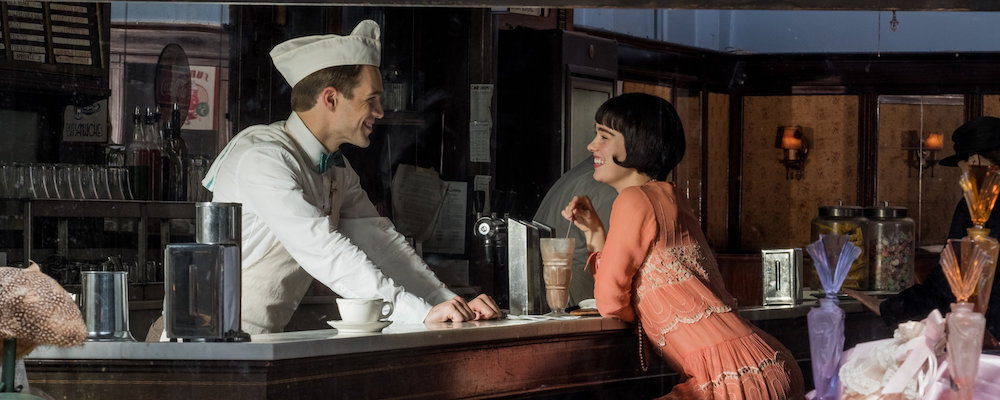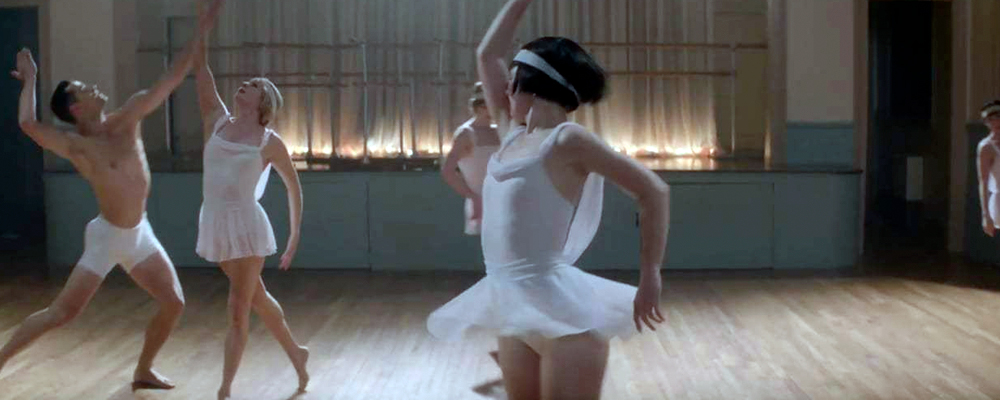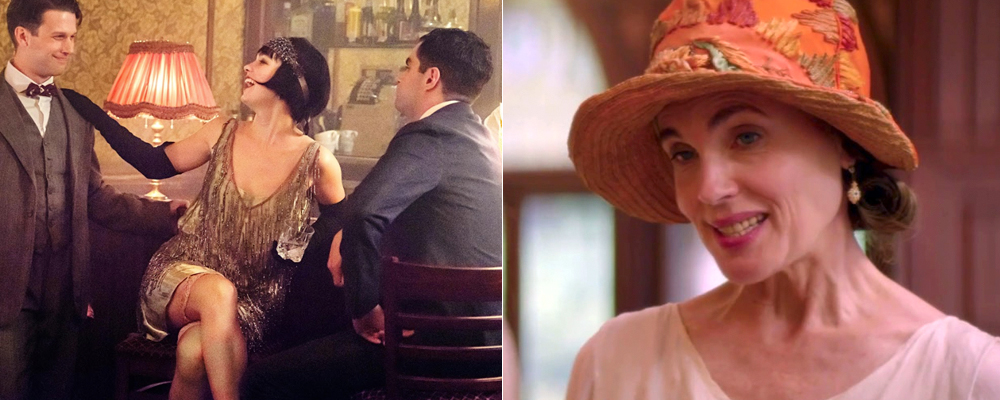The Origins of Iconic Flapper Louise Brooks Are Explored in ‘The Chaperone’
Sandra Miska
Julian Fellowes, the man behind “Downton Abbey,” returns to the 1920s with “The Chaperone,” a feature film centered around one of the most iconic figures of the Jazz Era, actress and dancer Louise Brooks (Haley Lu Richardson). Fellowes teamed up with director Michael Engler to bring to life this novel of the same name by Laura Moriarty. While not exactly a biopic, the film attempts to explore the origins of this young woman from Wichita, Kansas who became the world’s most famous flapper, seen here through the eyes of Norma Carlisle (Elizabeth McGovern), a fictionalized version of the women under whose care she was placed as a young woman on the verge of stardom.
The story begins in 1922 Wichita, when 16-year-old Louise is introduced dancing in front of a captivated audience that includes a visibly memorized Norma. Less impressed is Myra Brooks (Victoria Hill), who is soon revealed to be one of those mothers who sees her own daughter as competition for attention. After the performance, Norma’s ears peak up when she overhears Myra speak of Louise’s acceptance into the prestigious Denishawn School of Dance in New York. Learning that the young lady is need of a chaperone to accompany her, Norma offers up herself, despite barely knowing the family. At first glance, it appears that she’s just looking for an escape from her humdrum life, as her twin sons are grown and her marriage to husband Alan (Campbell Scott) appears to be lukewarm, at best. However, she has other motives, and spunky Louise serves to play an important role in the older woman’s journey to self-discovery.
Richardson absolutely dazzles as Brooks, exuding the carefree confidence that endeared her to so many. Here, Louise refuses to conform to what society expects of a “proper” young lady, which causes much friction between herself in Norma, who has some ideas about purity typical for the time. “No man wants a piece of candy that has been unwrapped,” she explains to her young charge. As easy as it would be to dismiss Norma as a stuffy nuisance, Fellowes writes her with such compassion, as she is almost as naive as Louise when it comes to “the ways of the world.” Little by little, she takes steps towards liberation, and while she doesn’t cut her hair into a bob and start dancing on tabletops, Norma is definitely the first lady to follow Louise’s example of embracing a more modern idea of womanhood.
While “The Chaperone” never reaches the emotional heights of “Downton Abbey,” it definitely has its moments in which the viewer cannot help but get swept away, particularly when it comes to Norma’s clandestine romance with a young widowed father, Joseph (Géza Röhrig). As odd as it is to see an actress of McGovern’s age and status playing a woman going through a sexual awakening (Norma is supposed to be about 41 to McGovern’s 57), there’s some genuine chemistry between herself and Röhrig.
While there’s mention of the sex abuse experienced by Brooks as a young girl, there’s not much of an attempt to dig deep. In real life, Myra refused to believe her daughter’s allegations, something that is glossed over here. Overall, fans of Louise Brooks and this era will appreciate Richardson’s performance, the costumes, and the music, but those expecting a revealing portrait will mostly be disappointed.
“The Chaperone” opens March 29 in NYC, April 5 in L.A., with an expansion to follow.




